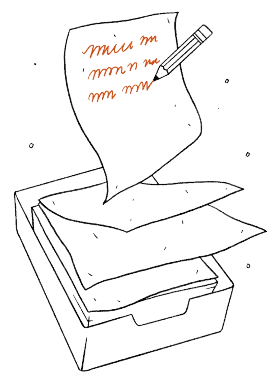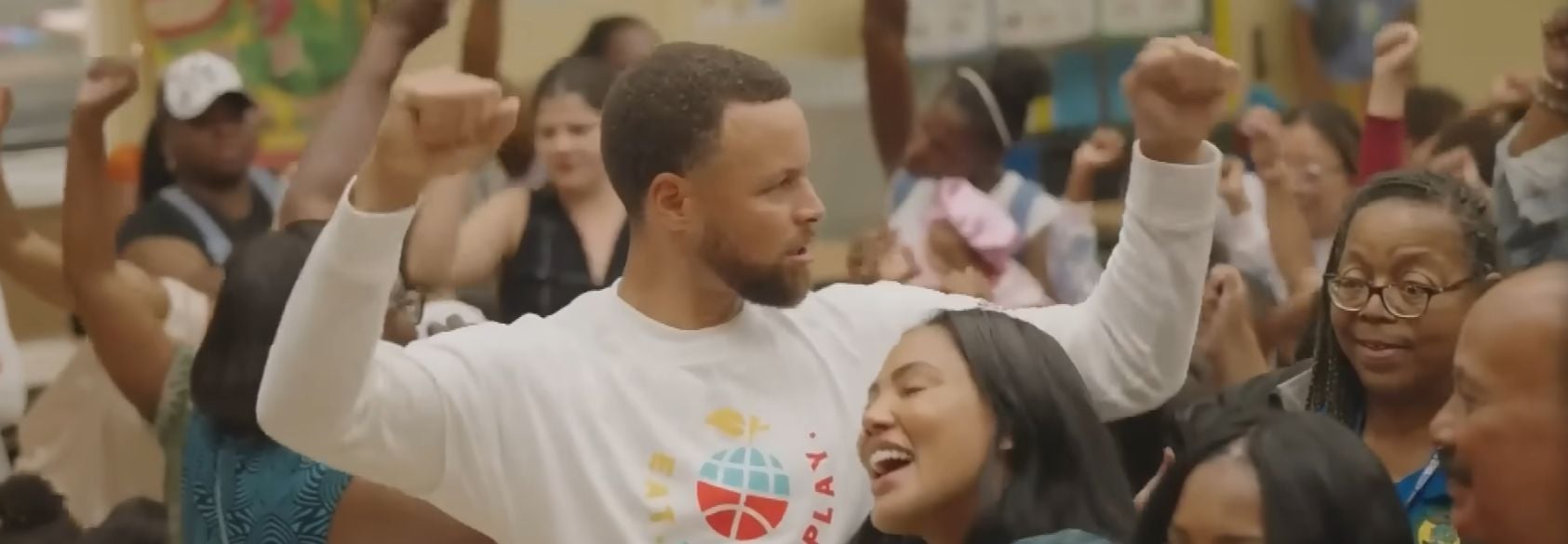Today's News, Tomorrow's Lesson - June 3, 2014
by Adi Bloom Hurricane Victor is likely to rampage across the land, spreading devastation in its wake. Hurricane Victoria, by contrast, will probably just ineffectually bat at obstacles in its path. Such sexist assumptions mean that people are less likely to take hurricanes with female names as seriously than those with male names, according to new research. As a result, hurricanes called Cindy and Dolly often cause more deaths than those named Andrew or Charlie.










